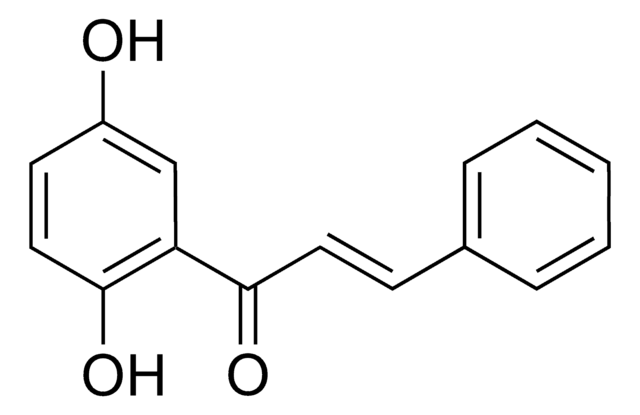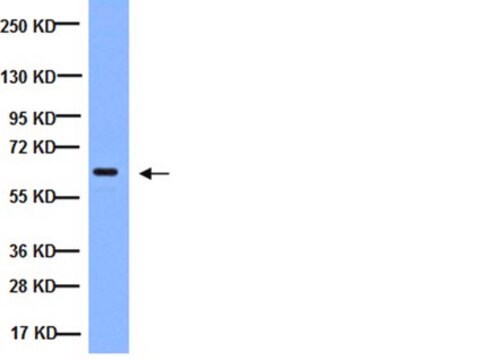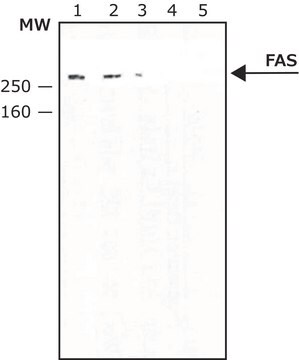MABE1799
Anti-Nrf2 Antibody, clone 103
clone 103, from rat
Synonym(s):
Nuclear factor erythroid 2-related factor 2, NF-E2-related factor 2, NFE2-related factor 2, Nuclear factor, erythroid derived 2, like 2
About This Item
Recommended Products
biological source
rat
Quality Level
antibody form
purified immunoglobulin
antibody product type
primary antibodies
clone
103, monoclonal
species reactivity
rat, mouse
technique(s)
immunohistochemistry: suitable
western blot: suitable
isotype
IgG2bκ
NCBI accession no.
UniProt accession no.
shipped in
ambient
target post-translational modification
unmodified
Gene Information
mouse ... Nfe2L2(18024)
General description
Specificity
Immunogen
Application
Western Blotting Analysis: A representative lot detected Nrf2 in Western Blotting applications (Maruyama, A., et. al. (2008). Arch Biochem Biophys. 477(1):139-45; Kobayashi, E.H., et. al. (2016). Nat Commun. 7:11624; Taquchi, K., et. al. (2016). Toxicol Sci. 152(1):40-52; Saito, R., et. al. (2015). Mol Cell Biol. 36(2):271-84; Taquchi, K., et. al. (2014). Mol Cell Biol. 34(5):900-13).
Epigenetics & Nuclear Function
Quality
Western Blotting Analysis: 0.5 µg/mL of this antibody detected Nrf2 in Keap1-KO MEF cell lysates versus Nrf2-KO MEF cell lysates.
Target description
Physical form
Storage and Stability
Other Notes
Disclaimer
Not finding the right product?
Try our Product Selector Tool.
Storage Class Code
12 - Non Combustible Liquids
WGK
WGK 1
Certificates of Analysis (COA)
Search for Certificates of Analysis (COA) by entering the products Lot/Batch Number. Lot and Batch Numbers can be found on a product’s label following the words ‘Lot’ or ‘Batch’.
Already Own This Product?
Find documentation for the products that you have recently purchased in the Document Library.
Our team of scientists has experience in all areas of research including Life Science, Material Science, Chemical Synthesis, Chromatography, Analytical and many others.
Contact Technical Service








